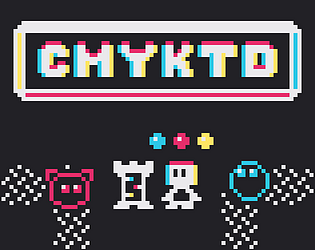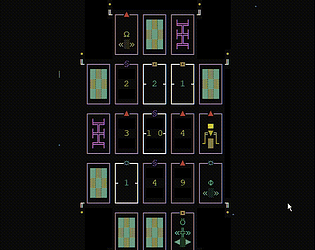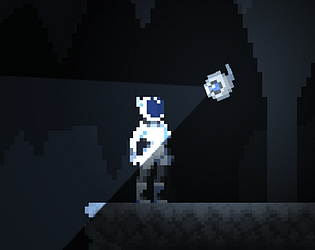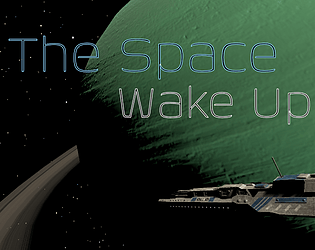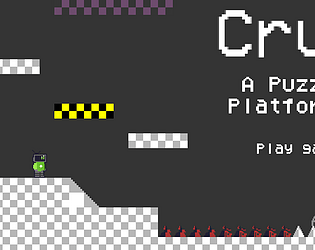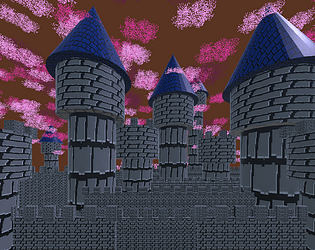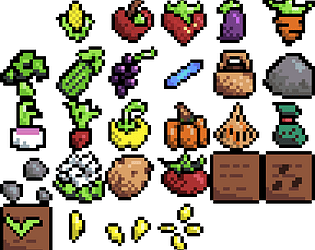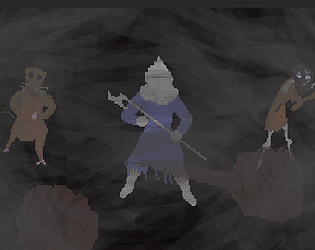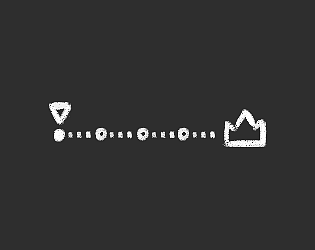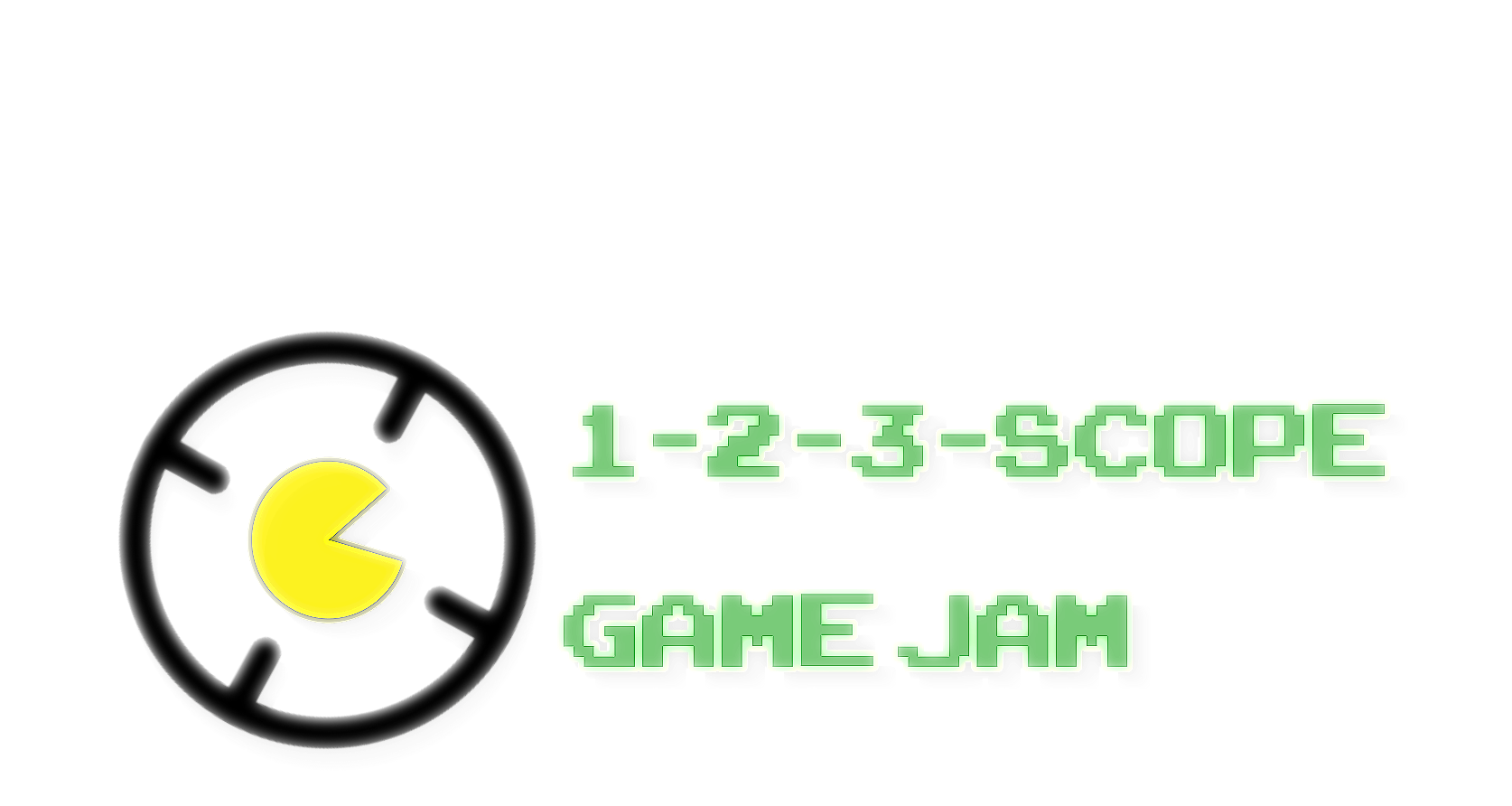
This jam is now over. It ran from 2025-04-25 17:00:00 to 2025-05-09 17:00:00. View results

“In the deep…”
You can interpret the theme however you wish!
Many game jam projects end up incomplete because they get too big, too fast. The hardest part of making a game is staying focused and keeping scope small—which is exactly what the 1-2-3-Scope Game Jam is designed to help with! A smaller scope doesn’t just help programmers—it also ensures artists, composers, and designers can finish their work without feeling overwhelmed. Keeping things small means your whole team gets to the finish line together.
🔹 1 Environment – Keep the world contained. A single setting is all you need to make something fun.
🔹 2 Mechanics – Aside from moving your character, what are the two main things players can do? Make them count!
🔹 3 Challenges – Three obstacles, puzzles, or enemies stand between the player and success. No more, no less!
By following this 1-2-3 rule, you’ll stay on track, finish your game, and make something great without getting lost in the details.

1️⃣ Your game must follow the 1-2-3 rule – 1 environment, 2 gameplay mechanics (besides movement), and 3 challenges.
2️⃣ Keep it focused – Simplicity is key. If a feature or idea doesn’t fit within the 1-2-3 structure, cut it.
3️⃣ Any genre, any style – Platformer, puzzle, shooter, text-based, 3D, 2D—anything goes as long as it sticks to the scope!
4️⃣ Be creative within the limits – How can you make the most out of a small but well-defined game?
5️⃣ Have fun and finish! – The goal is to complete a game, not to start something too big to finish.

1️⃣ Focus:
Focus is primary in THIS game jam, as the goal is to create a scoped, achievable project. A clear and simple concept that follows the 1-2-3 Rule ensures that the game can be completed within the time frame and provides a solid, enjoyable experience without over-complicating things.
2️⃣ Presentation:
Presentation is about the entire package—the game's landing page, overall polish, and how it’s presented to the player. Bugs, spelling errors, and unfinished elements will lower the score. Make sure the game looks complete, even if it's minimal. Finishing the game is the priority.
3️⃣ Design:
Design covers the game’s mechanics, controls, and structure. It ensures the game-play is fun, balanced, and easy to understand.
4️⃣ Visuals:
Visuals are the art and style of the game. They should support the theme and enhance the player’s experience without being overly complex.
5️⃣ Audio:
Audio includes sound effects and music. Good audio creates atmosphere, guides player actions, and adds emotional depth to the game.

How long does the jam last?
The jam runs for 14 days, followed by a 7-day voting period where we encourage you to play and rate the submissions.
Why is the game limited to one environment?
Great question! Creating multiple environments adds extra work for artists, musicians, and sound designers. Plus, many classic games have been built with just a single environment.
Can we create multiple levels within the same environment?
Absolutely! This is encouraged.
What qualifies as a gameplay mechanic?
A gameplay mechanic is anything the player can do. To simplify the two-mechanic rule, think of an NES controller: besides movement, you have two buttons that each trigger an action. What’s your “A button” mechanic? What’s your “B button” mechanic? That said, mechanics don’t have to be tied to buttons.
What if I finish my game within the guidelines? Can I add more environments, mechanics, or challenges?
No. Once your game is complete, focus on fixing bugs, refining the UI, and improving your submission page. Presentation is key!
Join our Discord server for the latest jam updates and to connect with potential teammates!
Scope small, finish strong!
Submissions(14)
No submissions match your filter


